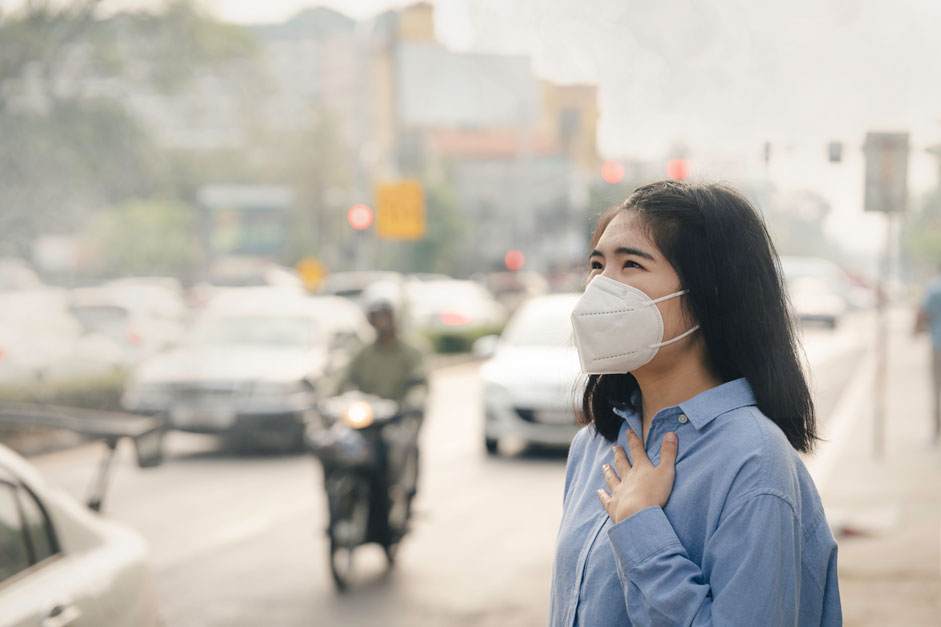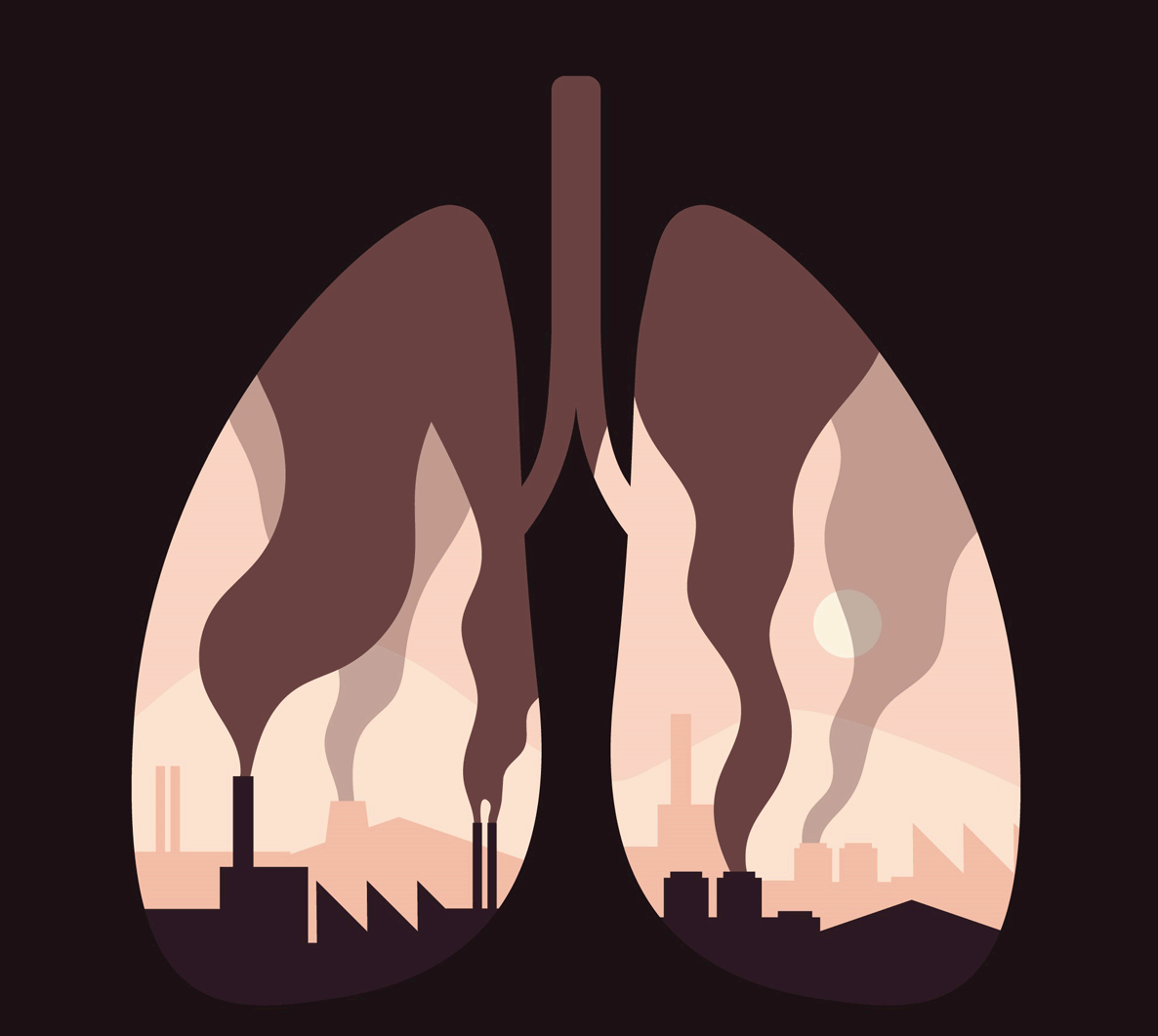Man-made environmental pollution is known as a significant danger to human health. Globally, air pollution kills more than 8 million people annually, and the particulate matter caused by Australia’s climate change-fuelled Black Summer bushfires in 2019-20 is estimated to have killed more than 400 people in the years since.
A new study, published in Nature‘s Scientific Reports, has looked at how air pollution specifically affects people living with hepatitis, and the results are both concerning and also more evidence for why we need to take strong measures to curb pollution and anthropogenic climate change.

In the study, by Shengfei Pei and his team at the School of Public Health at the North China University of Science and Technology, 15 years worth of the monthly incidence rates of viral hepatitis (from 2005 to 2020) were sourced from the Chinese Center for Disease Control and Prevention. Pollution data spanning 2014–2020 was obtained from the US’s National Oceanic and Atmospheric Administration (NOAA), encompassing pollutants such as carbon monoxide (CO), nitrogen dioxide (NO2), sulphur dioxide (SO2) and ozone (O₃).
Carbon monoxide is usually produced by burning fossil fuels, and is extremely toxic when inhaled. Nitrogen dioxide, often produced by burning natural gas, causes a range of respiratory diseases and can also be lethal if inhaled at higher levels. Sulphur dioxide, also created through burning fossil fuels and through volcanic activity, is poisonous in high amounts. Ozone, while vital in the upper atmosphere for the UV-deflecting ozone layer, is extremely poisonous to humans at sea level, attacking the respiratory, cardiovascular, central nervous and reproductive systems.

The study also looked at particulate matter, which are microscopic objects floating in the air and which, when inhaled, can cause damage to the lungs and other internal organs. Particulate matter is often referred to by its size, such as PM10 (particles with a diameter of 10 micrometres or less, which can damage the lungs and heart) or PM2.5 (particles with a diameter of 2.5 micrometres (0.0025 mm) or smaller, often found in smoke).
A series of analyses were done to evaluate the singular and combined impacts of pollutants on viral hepatitis cases across different demographics, age groups, and environmental conditions.
Among different groups, PM2.5 emerged as the most significant risk factor, notably impacting patients with hepatitis C and hepatitis E, as well as being particularly damaging for people aged from 35 to 64. Carbon monoxide predominantly affected those living with hepatitis A. Lower levels of PM2.5 and PM10 were associated with heightened risk of viral hepatitis incidence, with a lag of five months (i.e. the effects showed up an average of five months after exposure), whereas higher levels of PM2.5 and carbon monoxide were correlated with an increased hepatitis incidence risk with a lag of six months.

In general, raised pollutant exposures of all types were found to affect the development of viral hepatitis, with the effects beginning to show up 5–6 months from the time of first severe exposure.
These findings underscore the importance of long-term monitoring and reduction of air pollution in relation to viral hepatitis, as well as health more broadly. For more information on air quality and monitoring in South Australia, visit the Environment Protection Authority website.
Last updated 25 October 2024
More from:
Enjoyed this article? Subscribe to be notified whenever we publish new stories.
Subscribe for Updates





